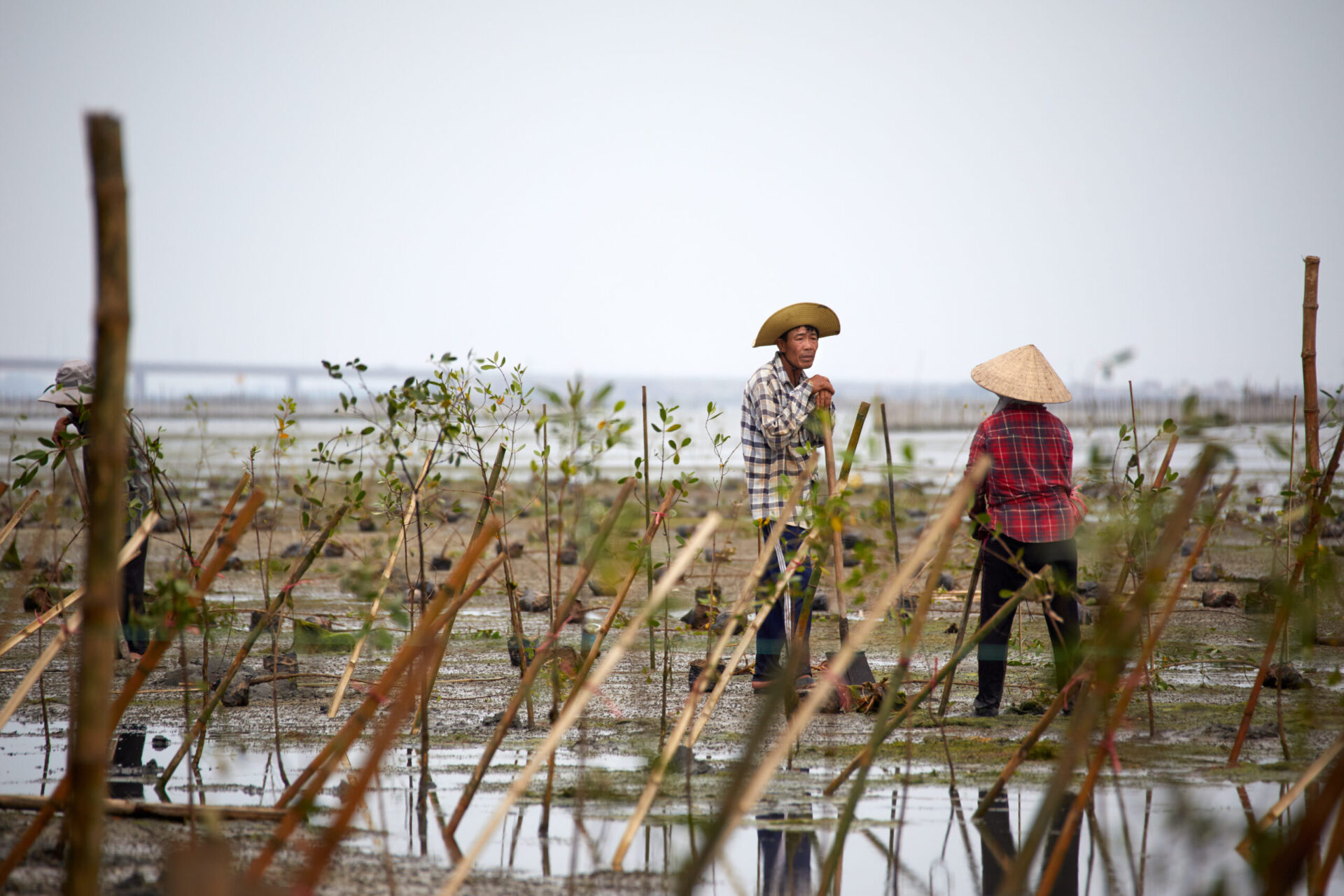The impacts of flooding on well-being and the role of ecosystem-based adaptation

The problem of flooding
Floods are one of the most devastating disasters, especiallyin Asia. Moreover, it is often the case that poorest in society are the most vulnerable, as they live in the most threatened locations and struggle to cope with the impacts due to income, political, and social constraints. This can be compounded by the observation that developing countries are particularly threatened by flooding because of their limited capacity to prevent and absorb disaster impacts. Moreover, the future threat from flooding is likely to increase due to the effects of climate change changing flood patterns and rapid urbanization placing more people in harm’s way.
Women present one of the groups in society that are particularly vulnerable to the impacts of flooding, because they commonly experience disadvantages in social, cultural, economic and political domains as well as legal status and opportunities. These socio-cultural circumstances can even lead to higher mortality rates among women during floods, and higher poverty rates due to more unemployment and the lack of basic rights. Moreover, women tend to face more psychological stress during and after a disaster due to the women’s caretaker role as part of the family. This difference between women and men in terms of disaster impacts is especially important when it comes to building more resilient communities and it has been recognized as a fundamental part of the United Nation’s Sustainable Development Goals (SDGs) 5 (Gender equality), 10 (Reduced inequalities) and 13 (Climate Action).
Currently, the main focus of flood management in many regions within Asia is on structural measures, such as dikes or reservoirs. However, these measures are often associated with negative impacts on the environment, on which the especially poor and vulnerable communities depend. A wider and more inclusive method of limiting flood impacts is required, particularly in order to meet the Sustainable Development Goals. Ecosystem-based Adaptation (EbA, see Box 1) can prove to be an inclusive complementary measure to the structural measures. EbA strategies are more inclusive to vulnerable groups, whose livelihoods directly depend on natural resources, and make it a promising means to strengthen their position by offering multiple benefits (see here). These multiple benefits provided by EbA measures are how EbA contributes towards meeting the Sustainable Development Goals by increasing resilience (Box 2).
The neglected impacts of flooding
Floods impact societies in various ways, ranging from the loss of life, injuries and mental health effects, to the destruction of assets (see Box 3). However, despite the growing numbers of people affected by flooding, there is little acknowledgement of the whole range of impacts that can occur (see Box 3). There has been an overwhelming focus on assessing the physical or tangible impacts of flooding. Much less is known about the intangible or well-being impacts of flooding, even though these can be substantial. Since a speedy recovery is a key aspect of resilience, we seek to address that concern through the ResilNam project. Better insights and management of this aspect are especially important for areas in which floods occur frequently. An incomplete recovery could result in a vicious cycle of well-being losses unless those affected receive external help to recover.
The ResilNam project
In addition to this policy brief, the ResilNam project will also make recommendations regarding:
- The benefits of ecosystem-based adaptation measures for strengthening the flood resilience of poor and vulnerable;
- How local communities value ecosystem-based adaptation measures and their benefits;
- The potential of micro-credit to build resilience in flood-prone communities;
- Gender dynamics in disaster risk management;
- Community level adaptation projects.
The policy recommendations across all of the ResilNam activities can help to increase flood resilience of urban and coastal communities in Thua Thien Hue Province. Additionally, the ResilNam Project directly invests in ecosystem-based adaptation measures in collaboration with local stakeholders to increase flood resilience and strengthen the role of women in disaster risk management. For instance, joint activities between the Women’s Union and the Disaster Management Centre are facilitated.
The project is part of the Global Resilience Partnership Water Window and it is implemented by the University of Potsdam, the Centre for Social Research and Development and the Institute for Environmental Studies/VU University Amsterdam.
Contact: Philip Bubeck (University of Potsdam Germany): [email protected] My Pham (CSRD, Vietnam): [email protected]
Implications
Through our results we show that these intangible impacts are important and can be long-lasting, much like with regards to people’s recovery after a flood. Therefore, intangible impacts need to be integrated into our understanding of how risk is managed both in order to develop better management strategies, but also to make risk management more inclusive and to avoid the vicious cycle that may occur after experiencing floods. Moreover, in the aftermath of flood events, the existing risk management approaches are usually revisited, so that previously unknown problems can be solved. However, a result of this process is that often structural flood protection measures are repaired, improved, or extended with new measures. These projects can lead to social conflicts due to their unequal benefits and negative impacts across different groups in society. The consequences of which can be long-lasting and far-reaching, which is why EbA measures should be more prominently employed as a complimentary risk management strategy.